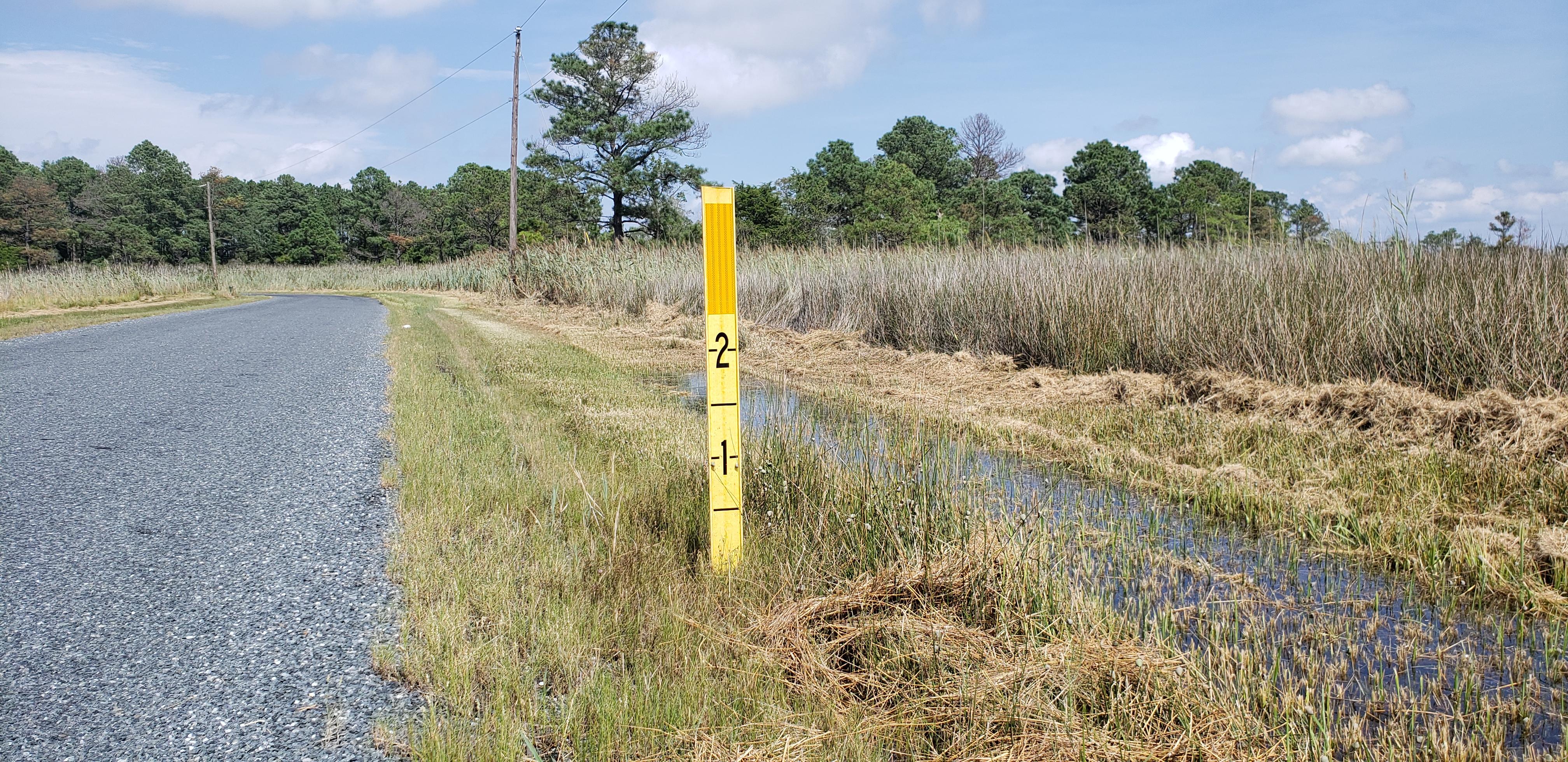Flooding is becoming more frequent and severe because of rising seas and increasingly intense rain events. Extreme precipitation and coastal storms can cause severe flooding that may threaten lives and property. Sea level rise can also cause recurrent flooding during high tides, or nuisance flooding, in low-lying coastal areas. In addition, rising sea levels can compromise stormwater management systems and lead to increased flooding from precipitation.
Understanding Flood Risk
Several online tools are available to help understand the risk of flooding.
- NOAA’s Coastal Flood Exposure Mapper shows areas that may be impacted by several coastal flooding hazards, including sea level rise, storm surge, and high tide flooding.
- FEMA’s flood insurance rate maps show the area expected to be inundated by a 1% annual chance flood (also known as the 100-year floodplain). These maps indicate where mortgage lenders require buyers to carry flood insurance, but keep in mind that they are only based on past flood events and do not account for the effects of climate change. Flood insurance rate maps are available for Maryland at mdfloodmaps.net.
Dealing with Flooding
Some chronic flooding issues can be addressed by large-scale projects to elevate roads and buildings, improve stormwater management systems, stabilize shorelines, or enhance wetland habitats. Not all flooding problems can be solved quickly or easily, and in some cases it may be necessary, to an extent, to live with the water. However, there are actions you can take as an individual to prepare for flooding and help protect your home and assets. For example, residents can:
- Reduce impervious surfaces, such as concrete and asphalt, and install rain gardens or rain barrels to reduce stormwater runoff
- Elevate utilities, such as heat pumps or air conditioning condensers, to prevent flood damage
- Use native, flood-tolerant plants to stabilize shorelines
- Purchase a flood insurance policy
- Coordinate with neighbors and raise concerns with local government staff and officials
Webinar Recordings
Have questions or need assistance?
Contact us if you experience repeated flooding on your property or in your neighborhood. Flooding can be a complex problem, and potential options to address it can depend on many site-specific factors. We are available to discuss your individual concerns and may be able to provide additional educational materials or offer other assistance.
For more information contact our Coastal Climate Specialist
Tools and Resources
Protect Your Home from Flooding: Low-Cost Project You Can Do Yourself (FEMA, 2020): Brochure on protecting the interior and exterior of your home from flooding
ReduceFloodRisk.org – Tool created by the Association of State Floodplain Managers to help property owners identify strategies to reduce flood risk
Flood Insurance for Marylanders: Factsheet by the Maryland Department of the Environment with information about flood insurance
MyCoast: Maryland: Online portal to collect photos of flooding in Maryland
Ready.gov: Information about preparing for and staying safe during and after a flood
University of Maryland Extension- Stormwater Practices: Information on homeowner practices to reduce stormwater runoff, including rain gardens, rain barrels, and permeable hardscapes

